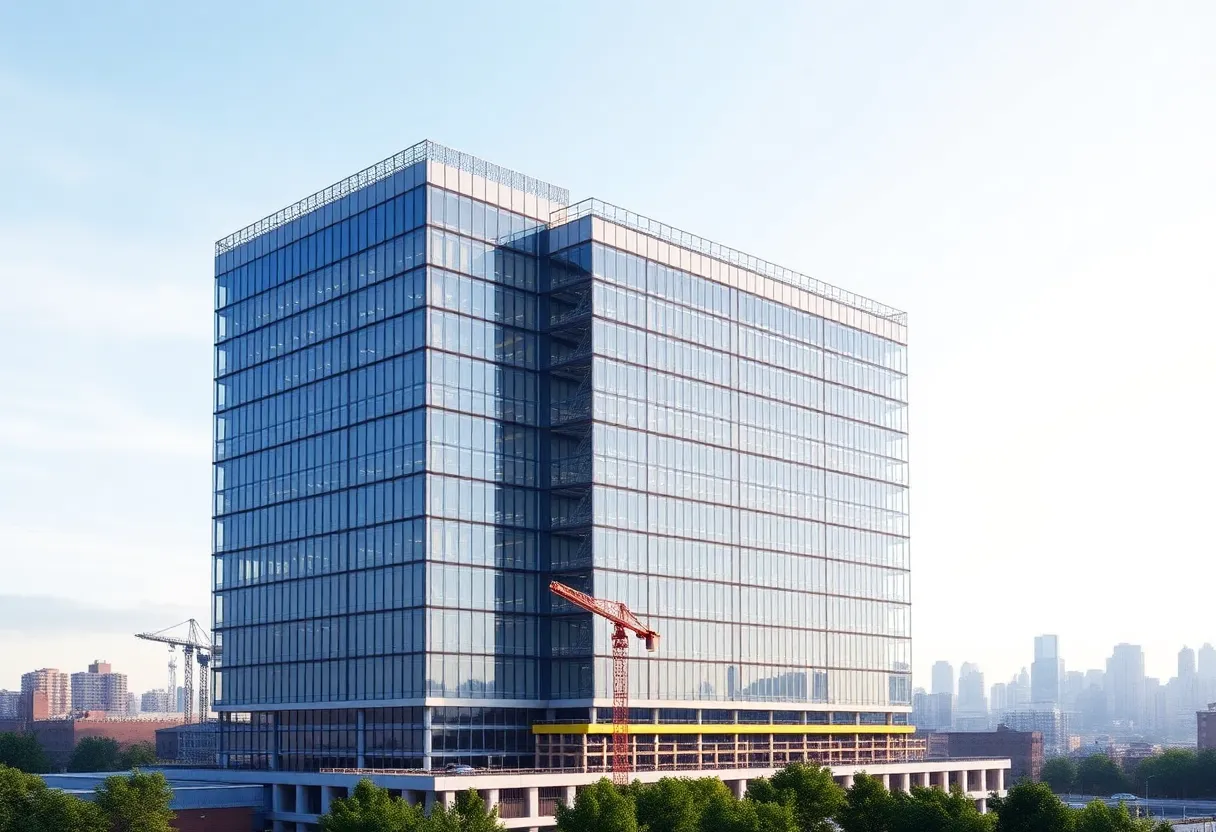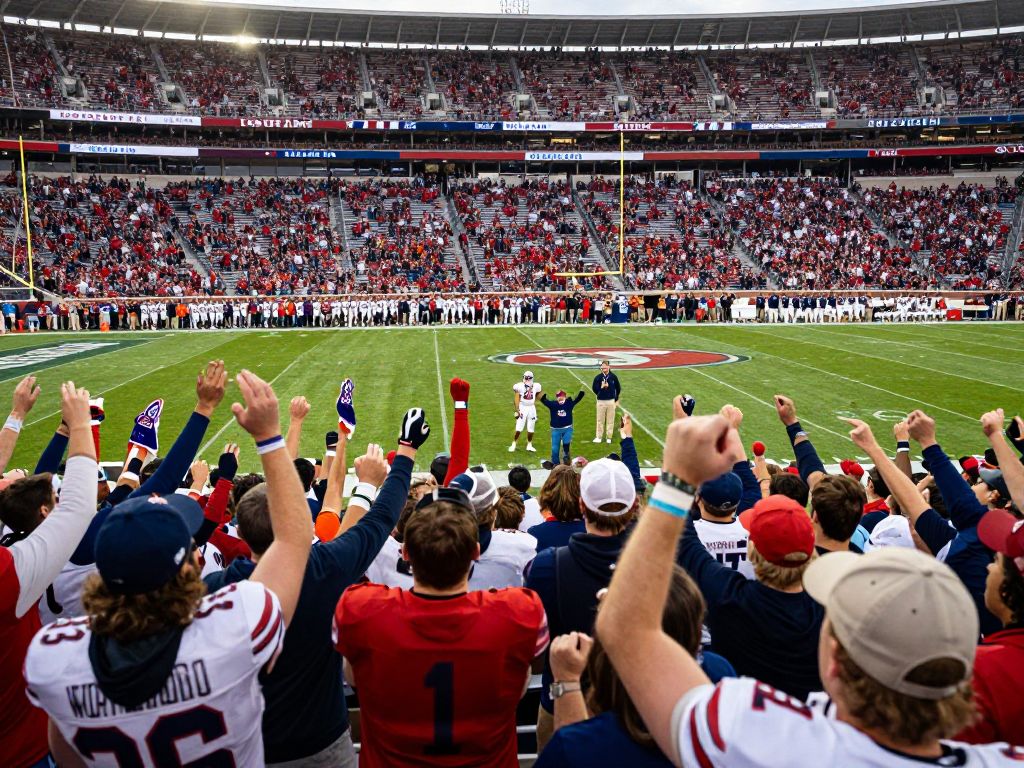Seattle, July 31, 2025
News Summary
The construction of high-rise medical facilities in Seattle aims to address the growing demand for healthcare services. Key projects include the Providence/Swedish North Tower and Harborview’s new inpatient tower, both designed to enhance community health access. These developments signify a move toward innovative healthcare infrastructure in response to the city’s increasing population and limited space.
Seattle
Seattle’s healthcare landscape is undergoing a significant transformation with several high-rise medical facilities set to address the growing demand for quality healthcare. With the city’s constrained geography and increasing population, vertical construction is becoming the practical solution for expanding healthcare services.
Major Developments on the Horizon
Among the most significant projects is the Providence/Swedish’s North Tower, a $1.3 billion initiative currently under construction. Scheduled to open in late 2027, it will mark Seattle’s first high-rise medical facility in nearly two decades. The tower will stand 213 feet above ground, featuring over 40 feet of subterranean levels to accommodate extensive services.
As part of a separate expansion effort, Harborview Medical Center is also planning a new inpatient tower under a $1.7 billion bond-funded initiative. Both projects underscore an exciting period for Seattle’s healthcare design and construction communities as they adapt to an evolving skyline and healthcare demands.
Technical Challenges of High-Rise Construction
Building high-rise medical facilities presents unique challenges, particularly in urban spaces with limited land. High-rise projects require large, multifaceted project teams to manage different elements and ensure a viable return on investment. Given Seattle’s existing infrastructure, construction teams must navigate cramped conditions, major site work, and large underground utilities.
Operational demands are particularly significant for high-rise hospitals, which often function 24/7. Those responsible for construction must consider ongoing operations and the need to minimize noise and vibrations, especially in sensitive areas such as operating rooms (OR) and intensive care units (ICU).
Design and Feature Highlights
The North Tower is designed to incorporate advanced healthcare features, including 24 operating suites and a 72-bed acuity-adaptable ICU. It will also offer underground parking, retail space, and green areas, with room for future expansions. To facilitate smooth campus circulation, the North Tower will connect to a pre-existing tunnel and skybridge.
High-rise healthcare facilities must also adhere to stricter building codes and regulations regarding mechanical, electrical, plumbing, and IT systems. Notably, floor-to-floor heights typically range from 14 to 20 feet to accommodate essential system routing. The performance-based design of the North Tower aims to enhance resilience against earthquakes and other disasters, making it an essential addition to the city’s medical infrastructure.
Covering nearly one million gross square feet, with around 250,000 square feet designated for renovations and tenant improvements, the North Tower will ultimately become the tallest all side-plate moment frame hospital tower in the United States upon completion.
Collaboration and Commitment
Success in high-rise healthcare construction requires specialized expertise, collaboration, clear communication, and innovative problem-solving from all involved parties. These projects highlight the ongoing commitment of healthcare teams to address patient and caregiver needs amid external challenges, signaling a critical evolution in healthcare delivery in Seattle.
Conclusion
As Seattle braces for the completion of these pivotal medical facilities, the focus remains on enhancing community health services to meet the growing needs of the population. The construction of high-rise towers not only signifies a commitment to improved healthcare access but also showcases the city’s willingness to adapt and innovate its healthcare infrastructure.
FAQs
What is the North Tower project?
The North Tower project is a $1.3 billion medical facility under construction by Providence/Swedish in Seattle, scheduled to open in late 2027.
What features will the North Tower have?
The facility will feature 24 advanced operating suites, a 72-bed acuity-adaptable ICU, underground parking, retail spaces, and green areas.
Why is high-rise construction necessary in Seattle?
Seattle’s constrained geography and growing population necessitate high-rise constructions to expand healthcare services effectively.
What challenges do high-rise hospitals face?
High-rise hospitals face challenges related to operational demands, complex structural design requirements, and strict building codes, as well as minimizing disruption during construction.
When is the North Tower expected to be completed?
The North Tower is expected to be completed and open by late 2027.
Key Features of the North Tower Project
| Feature | Details |
|---|---|
| Project Cost | $1.3 billion |
| Scheduled Opening | Late 2027 |
| Height | 213 feet |
| Square Footage | Nearly 1 million gross square feet |
| Operating Suites | 24 advanced operating suites |
| ICU Capacity | 72-bed acuity-adaptable ICU |
| Parking | Underground parking |
| Retail and Green Spaces | Included |
Deeper Dive: News & Info About This Topic
HERE Resources
Additional Resources
- Seattle Daily Journal of Commerce
- The Seattle Times
- About Amazon
- Hartford Business
- Google Search: Seattle healthcare construction
Author: STAFF HERE HOUSTON TX WRITER
The HOUSTON STAFF WRITER represents the experienced team at HEREHouston.com, your go-to source for actionable local news and information in Houston, Harris County, and beyond. Specializing in "news you can use," we cover essential topics like product reviews for personal and business needs, local business directories, politics, real estate trends, neighborhood insights, and state news affecting the area—with deep expertise drawn from years of dedicated reporting and strong community input, including local press releases and business updates. We deliver top reporting on high-value events such as Houston Livestock Show and Rodeo, Art Car Parade, and Chevron Houston Marathon. Our coverage extends to key organizations like the Greater Houston Partnership and Houston Area Urban League, plus leading businesses in energy and healthcare that power the local economy such as ExxonMobil, Schlumberger, and Houston Methodist. As part of the broader HERE network, including HEREAustinTX.com, HERECollegeStation.com, HEREDallas.com, and HERESanAntonio.com, we provide comprehensive, credible insights into Texas's dynamic landscape.





